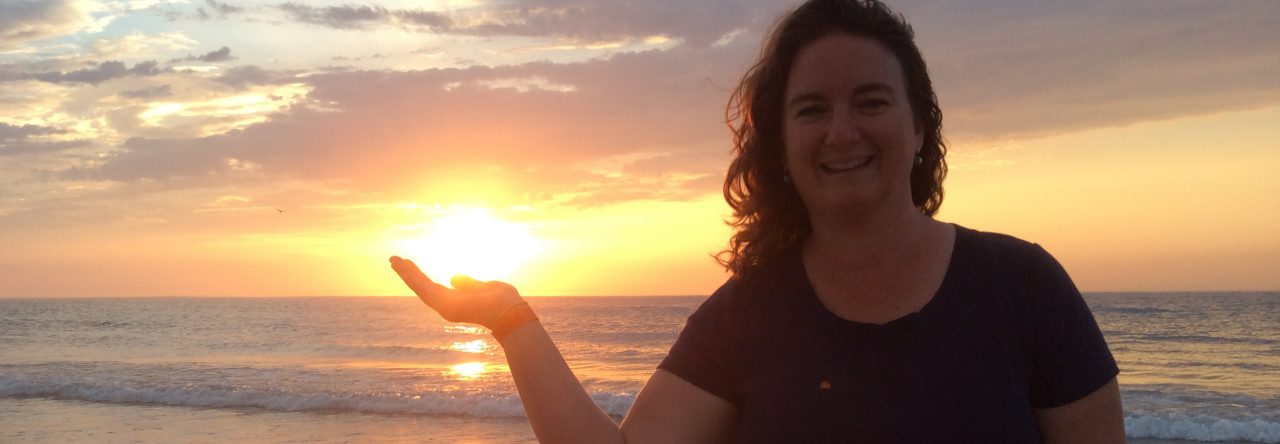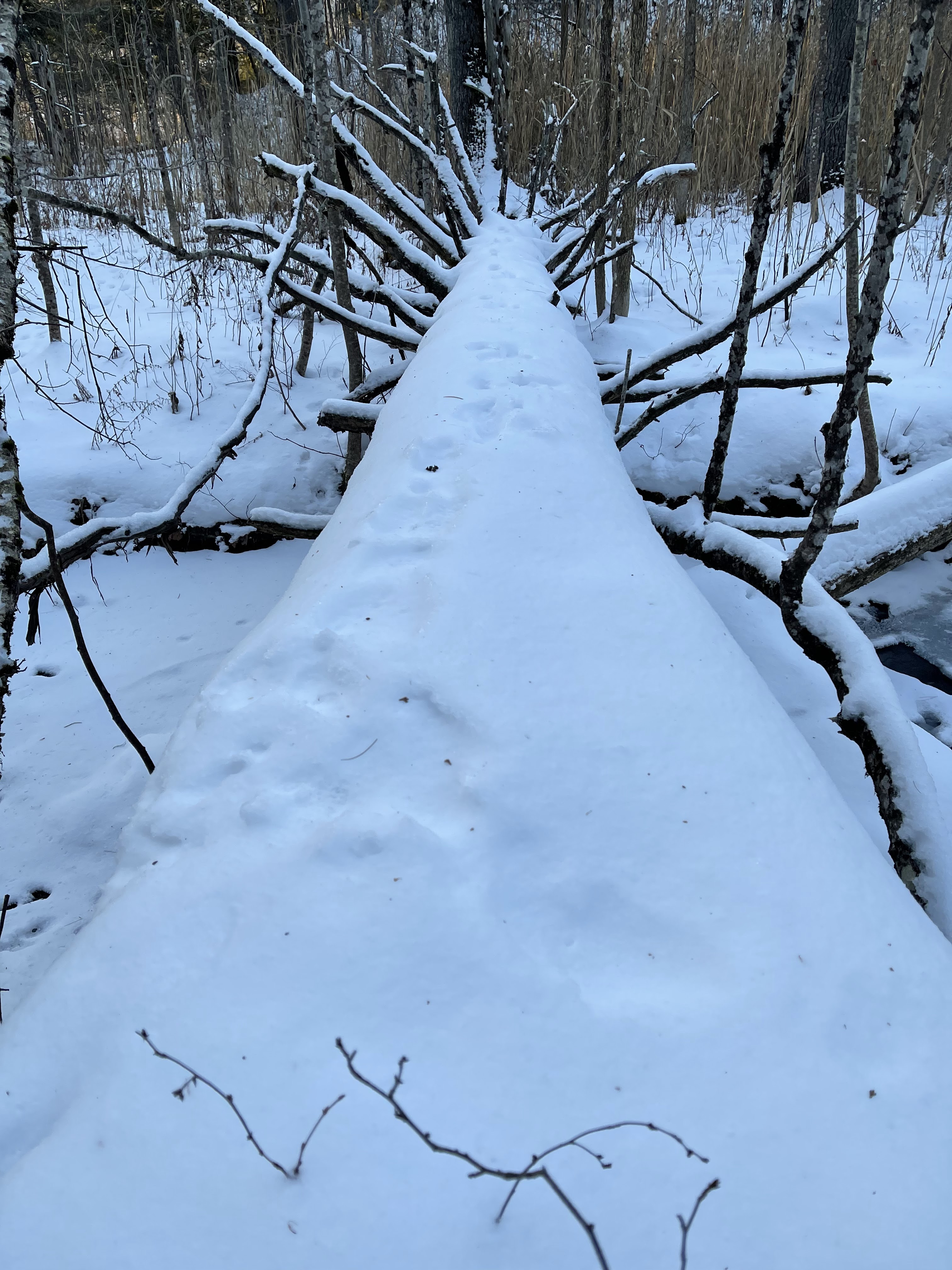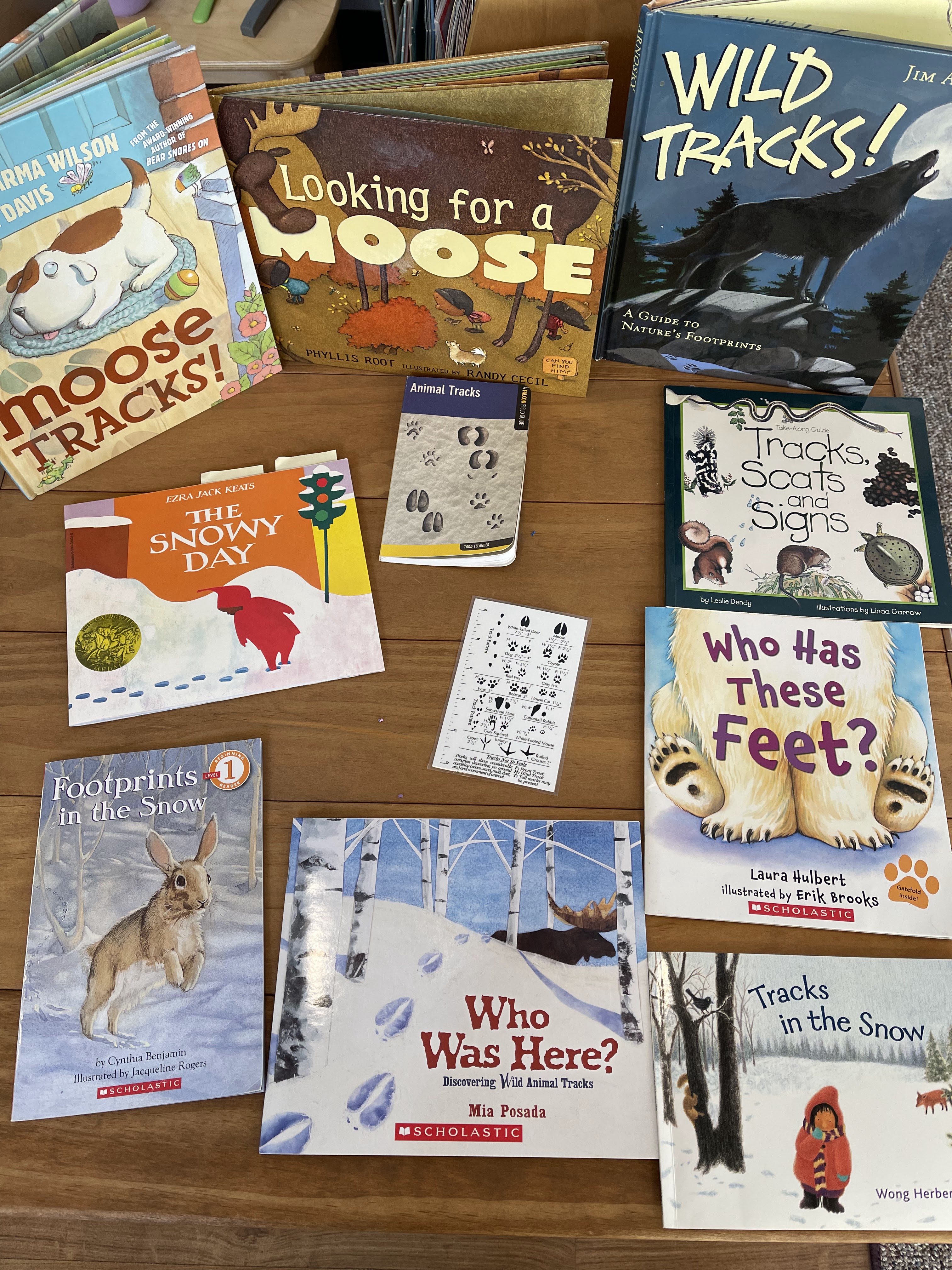Winter solstice signals the official beginning of winter, the coldest season here in the Northern Hemisphere. By taking time to mark and celebrate this day by pausing and thinking about the start of winter, we can be intentional about how we approach the darker and colder days ahead. Today is officially the Winter Solstice, and I will celebrate by having some friends over for a bonfire and solstice celebration. Carving out this time prior to the busyness of the holiday season is a wonderful way to reconnect with friends and to set intentions for the coming year.

Winter Solstice Bonfire Celebration ~ this is the invitation that I give to my small circle that I invite)
![]()
![]() Winter Solstice Gathering
Winter Solstice Gathering ![]()
![]() Bonfire in the forest at my house with potluck dinner ~ arrive by 4pm ~ so you will be able to see your way down our paths to our fire circle in our forest.
Bonfire in the forest at my house with potluck dinner ~ arrive by 4pm ~ so you will be able to see your way down our paths to our fire circle in our forest.
We will do a releasing ceremony ~ letting go of what we no longer need. You can write this down ahead of time or use some wood to write on here. You can choose to share with the group or just release it silently.
Those who want to choose a word as their intention for the coming year, can name their word. We can breathe life into it by sharing with our group your intention word and vision for how to bring that word to life this coming year.
We will feast with a potluck ~ let me know what you’d like to bring so we have a well rounded meal.
Things to bring ~ flashlight, dress in layers, boots since we have 1 ft of snow, and food to share. I have some rustic seating, but if you are more comfortable, feel free to bring your own more comfy chair!
Releasing Ceremony details:
Using paint pens and sharpie markers we write down what we want to let go of in this season. In the photo above taken last year, we used driftwood as our canvas. We each took quiet time to create words or symbols to represent what no long serves us. The quiet reflective time is meant to tap into our own creative process and to really feel what we are ready to release. The wood is then placed into the fire to burn & release into the ethers. There is synergy when we do this in community with others, as they too are doing this inner work.
![]()
![]() Winter Solstice Celebrations & Ways to Embrace Winter
Winter Solstice Celebrations & Ways to Embrace Winter ![]()
![]()
Maybe a bonfire isn’t your thing. Well, there are many ways to celebrate the arrival of winter. So whether you do one today or spread the ideas out over the next couple of weeks, you may find a more gentle connection to embrace winter.
> Light a candle and bring in natural items that symbolize the winter season for you. Create a special display around your candle with pine boughs or pinecones, or lay out many of the natural items you’ve collected over the last year as a reminder of your connection to nature.
> Foot baths ~ make a simple blend of epsom salts, baking soda, and a few drops of an essential oil that you enjoy. As you soak your feet, feel grounded and renewed.
> Journal and reflect on the last year
> Winter book stack ~ earlier evenings means carving out time for reading. Having a stack of books that I am eager to read helps me turn off the devices and cozy up for reading time.
> Cook a hearty soup with root vegetables. Nourishing and grounded foods help us feel warmth in our bellies and soul.
> Make time for tea with warming spices like ginger, cardamom, or cinnamon. Explore a variety of teas and find one that uplifts you.
> Celebrate the quiet ~ freshly fallen snow creates a sound buffer that is as much a delight for the ears as it is for the eyes. Go for a winter walk and notice the quiet.
> Star gazing ~ earlier sunset in winter allows ample time to enjoy the night sky.
> Sunrise ~ scout out a location where you can see the sun rise out of the horizon. Dress in layers and arrive a few minutes before sunrise so you can settle in with your mug of hot cocoa and watch the sun rise up out of the horizon. The time of sunrise changes each day, so be sure to check on the time so you don’t miss it.
> Full Moon Snowshoe ~ there is something magical about snowshoeing by the light of the moon. Our next full moon is 1/6/2023, but even if you plan 2-3 days before or after the full moon there will be ample moonlight to guide you on a clear night. (The other full moons this winter are on Feb. 5 & March 7, so you can plan ahead with friends to do this a couple of times.)
I would love to hear your ideas as well…what activities or celebrations are special for you in winter?
With gratitude,
April
























